
Timeline
Title
Country/Nationality
Samuel Richardson
Born into a large family, Richardson was baptised on 19 August 1689 in Derbyshire, England. The country, at this time, was in the midst of the Glorious Revolution. His father worked as a joiner and apprenticed Richardson at age 17 to the printer John Wilde, whose business specialised in almanacs, jest-books and popular fiction. As a child, Richardson was an avid reader and, more unusually, an accomplished letter writer. To the dismay of his mother, Richardson became the able ghostwriter for young lovers in his town, experience that proved valuable when he later crafted a letter-writing manual and his renowned epistolary novels.
After a seven-year apprenticeship, Richardson set up his own print shop near Salisbury Court in London, quickly taking on his own apprentices. In the 1720s he printed The True Briton for the Jacobite Duke of Wharton, who was said to influence one of Richardson’s most famous characters, the libertine Lovelace in Clarissa. In the 1730s Richardson won the contract to print the Journals of the House for the House of Commons.
Nearly a decade after leaving his apprenticeship, Richardson married Martha Wilde, the daughter of his former employer. Their six children did not survive infancy, and Martha died in 1731. In 1733 he married Elizabeth Leake, another printer’s daughter. Four of their daughters reached adulthood.
Richardson built a successful printing shop, going on to print the works of several important novelists, including Daniel Defoe, Jane Collier, Sarah Fielding and Edward Young. Alongside this book work, he printed newspapers, periodicals and pamphlets, among other material. Throughout his career Richardson would continue to associate with writers, politicians and important figures of the day, and he ran his printing business until his death.
Only once he was an established printer did Richardson turn his attention to literary innovation. His first began work on a collection of conduct letters, offering stylistic tips on how to give form to ideas and sentiments (Letters Written to and for Particular Friends, on the most Important Occasion, 1741). This stylistic volume is considered the seed of Richardson’s first novel, Pamela (1740), which he started to write at the same time. Pamela follows the travails of a young, virtuous maidservant as she seeks to fend off and then reform her rakish employer. Astonishingly for the time, Richardson’s epistolary novel highlighted the inner life and moral principles of a protagonist from a modest background.
In his monumental second novel, Clarissa, which was published in several volumes from 1747–48, Richardson honed his stylistic focus on the complex inner life of his characters, especially the virtuous Clarissa Harlow and the unreformed libertine, Robert Lovelace. The drawn-out serialisation of Clarissa allowed Richardson’s readers to imagine themselves as engaged in the writing process, penning fan letters to him that begged the author to write a happy ending for the tormented protagonist.
In response to demands that Richardson envision a male character as virtuous as Clarissa or Pamela, Richardson wrote The History of Sir Charles Grandison (1753) in which male moral virtue was lauded. Richardson’s final works were, like his first ones, didactic volumes of moral instruction, but with a twist. His last publication, A Collection of the Moral and Instruction Sentiments, Maxims, Cautions, and Reflexions, contained in the Histories of Pamela, Clarissa, and Sir Charles Grandison, highlighted how Richardson understood his novels to provide useful moral models for everyday life.
In June 1761 Richardson experienced a stroke. He died on 4 July, at the age of 71.
Books by Samuel Richardson
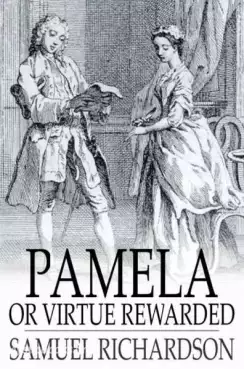
Pamela, or Virtue Rewarded
Pamela tells the story of a fifteen-year-old maidservant named Pamela Andrews, whose employer, Mr. B, a wealthy landowner, makes unwanted and inappropriate advances towards her after the death of his mother. Pamela strives to reconcile her strong rel...
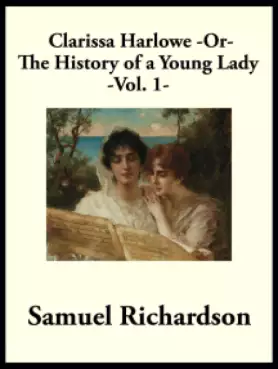
Clarissa Harlowe, or the History of a Young Lady - Volume 1
It tells the tragic story of a young woman, Clarissa Harlowe, whose quest for virtue is continually thwarted by her family. The Harlowes are a recently wealthy family whose preoccupation with increasing their standing in society leads to obsessive co...
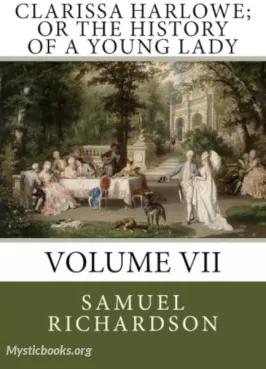
Clarissa Harlowe, or the History of a Young Lady - Volume 7
In this penultimate volume, Clarissa's resilience is tested to its limits as she grapples with betrayal, confinement, and the ever-present threat of Lovelace's predatory advances. Despite her deteriorating health and mounting despair, Clarissa mainta...
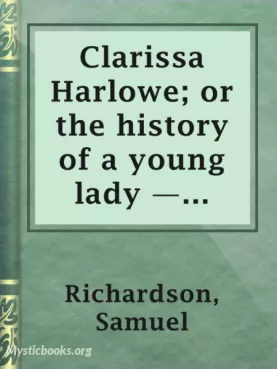
Clarissa Harlowe, or the History of a Young Lady - Volume 8
In the tumultuous eighth volume of Samuel Richardson's epistolary masterpiece, "Clarissa Harlowe, or the History of a Young Lady," the tragic tale of Clarissa Harlowe reaches its poignant climax. Clarissa, a virtuous young woman trapped in a web of f...
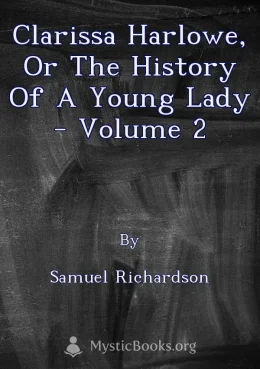
Clarissa Harlowe, or the History of a Young Lady - Volume 2
Clarissa Harlowe, or the History of a Young Lady is a lengthy and complex novel that delves into the life of a virtuous young woman navigating a world filled with social constraints and familial pressures. The story unfolds through a series of letter...
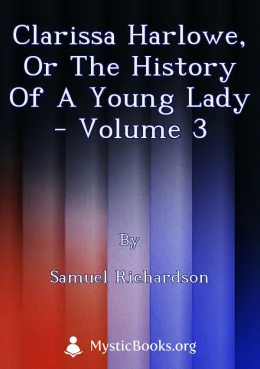
Clarissa Harlowe, or the History of a Young Lady - Volume 3
Clarissa Harlowe is an epistolary novel by Samuel Richardson, first published in 1748. It tells the story of Clarissa, a young woman who is forced to choose between marrying a man she loves but who is beneath her family's social status, or marrying a...
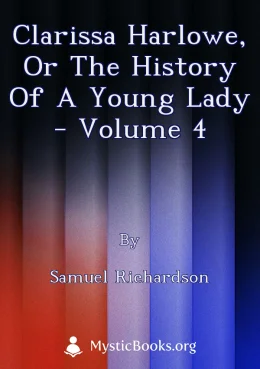
Clarissa Harlowe, or the History of a Young Lady - Volume 4
Clarissa Harlowe is a complex and emotionally charged novel that explores themes of virtue, societal pressures, and the destructive power of passion. The story follows Clarissa, a young woman of great moral character, who faces a series of challenges...
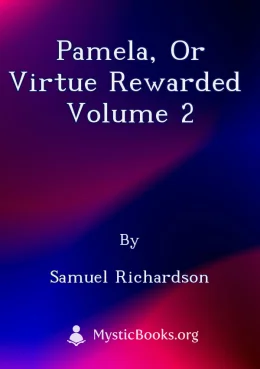
Pamela, or Virtue Rewarded Volume 2
Pamela, or Virtue Rewarded is an epistolary novel by Samuel Richardson, first published in 1740. It tells the story of Pamela Andrews, a 15-year-old servant girl who resists the advances of her wealthy master, Mr. B. Despite his repeated attempts to...
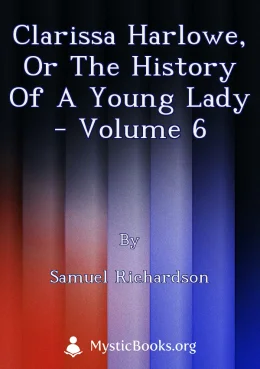
Clarissa Harlowe, or the History of a Young Lady - Volume 6
Clarissa Harlowe is a sprawling epistolary novel that tells the story of a young woman's struggle to maintain her virtue in a world that seems determined to corrupt her. The novel is told through a series of letters written by Clarissa and the vario...
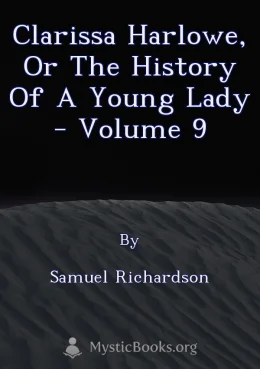
Clarissa Harlowe, or the History of a Young Lady - Volume 9
Clarissa Harlowe, or the History of a Young Lady is a sprawling, complex novel that chronicles the tragic life of Clarissa Harlowe, a young woman from a wealthy family in 18th-century England. The story follows her defiance of her family's wishes in...
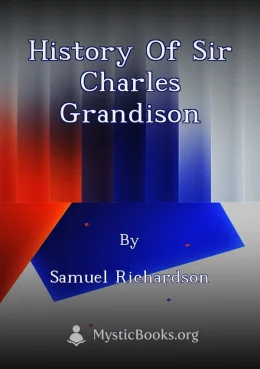
History of Sir Charles Grandison
Sir Charles Grandison, a multi-volume epistolary novel by Samuel Richardson, tells the story of Harriet Byron, a young woman of virtue and intelligence who encounters various suitors while visiting London. Her encounters, including a near abduction,...